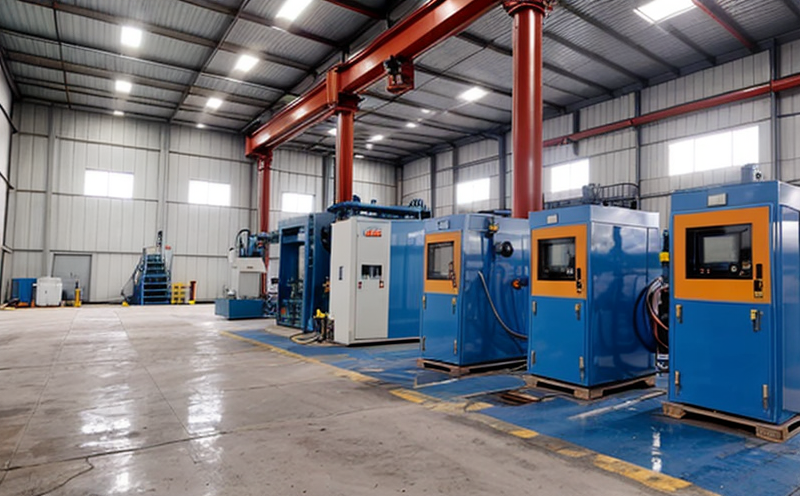ISO 7890 Determination of Silica in Industrial Minerals Testing
The ISO 7890 standard is a globally recognized method for determining the amount of silica present in industrial minerals. This service plays a crucial role in ensuring that products meet stringent quality standards, facilitating accurate and reliable data for decision-making processes within various industries.
Industrial minerals encompass a wide range of materials used in construction, agriculture, chemical manufacturing, and other sectors. Ensuring the purity and consistency of these raw materials is essential to maintain product performance and reliability. The ISO 7890 method provides a standardized approach to measuring silica content, which can vary depending on the specific mineral type.
The process involves several steps including sample preparation, digestion using strong acids, followed by gravimetric or colorimetric analysis. This service ensures that every step adheres strictly to the ISO 7890 guidelines, thereby producing accurate and reproducible results.
For quality managers and compliance officers, this service offers a reliable way to monitor the quality of raw materials used in production processes. It allows them to verify that the silica content meets specified limits set by industry standards or company requirements. For R&D engineers, it provides critical data needed for optimizing formulations and improving product performance.
For procurement teams, accurate knowledge about silica content helps in selecting suppliers who provide consistent quality products. By leveraging this service, organizations can enhance their supply chain management practices, ensuring long-term reliability of raw materials.
Industry Applications
- In construction: Ensuring the use of high-quality aggregates for concrete production.
- In agriculture: Monitoring silica levels in fertilizers to enhance plant growth and health.
- In chemical manufacturing: Controlling silica content in catalysts and other additives.
- In environmental studies: Assessing the impact of industrial minerals on soil quality.
| Sample Type | Recommended Preparation Method | Expected Range (wt%) |
|---|---|---|
| Silica Sand | Gravimetric Analysis after Digestion with Hydrofluoric Acid | 95-98 wt% |
| Quartzite | Colorimetric Analysis after Digestion with Nitric Acid | 60-75 wt% |
| Gravel | Gravimetric Analysis after Digestion with Hydrochloric Acid | 30-45 wt% |
The above table provides a summary of some common samples and their expected silica content ranges. Each sample type requires different preparation methods to ensure accurate analysis.
International Acceptance and Recognition
The ISO 7890 standard has been widely adopted across numerous countries, making it a preferred method for determining silica content in industrial minerals worldwide. Countries like the United States, Canada, Australia, and various European Union members recognize this standard as authoritative.
Organizations that adhere to international standards often gain competitive advantages due to increased trust from customers and partners who value consistent quality assurance processes. By offering services aligned with ISO 7890, our laboratory contributes significantly towards maintaining global trade standards in the industrial minerals sector.
Environmental and Sustainability Contributions
Determining silica content accurately helps minimize environmental impacts associated with industrial mineral extraction and processing. Understanding the precise amount of silica present allows for better management practices, reducing waste generation during production cycles.
In addition, ensuring compliance with international standards promotes sustainable resource utilization by encouraging efficient use of raw materials. This not only benefits individual companies but also contributes positively to broader environmental goals set forth internationally.





